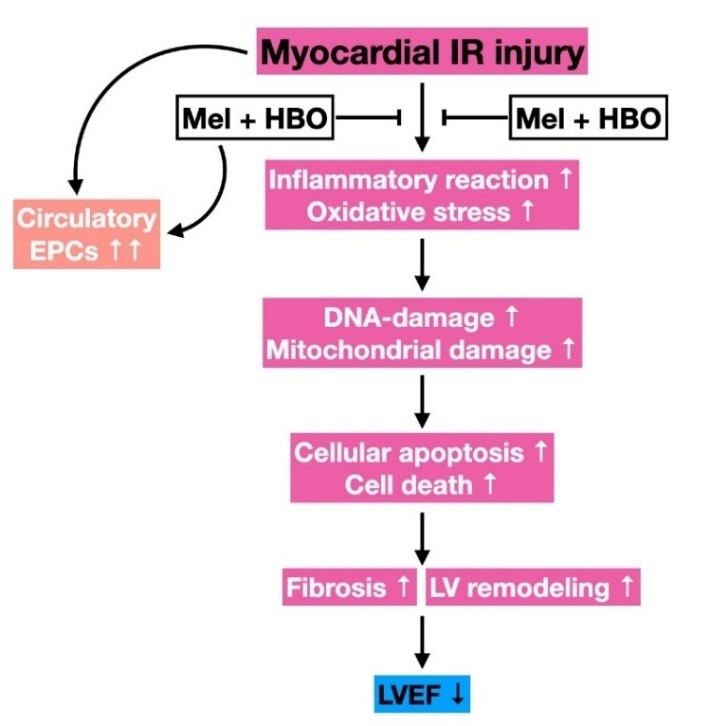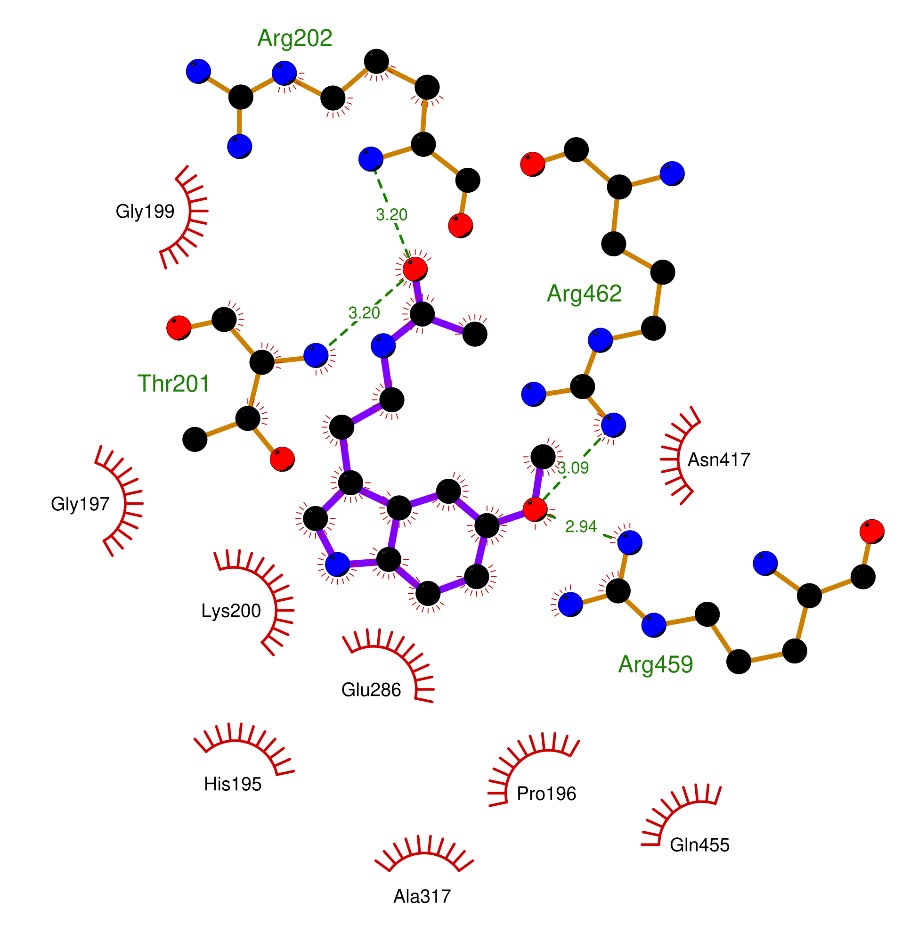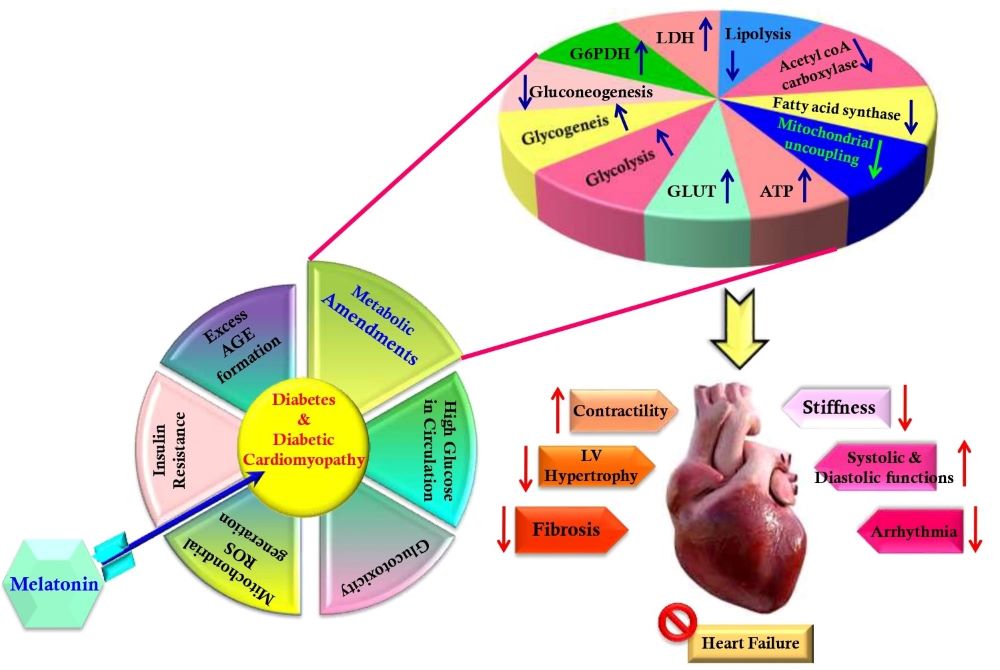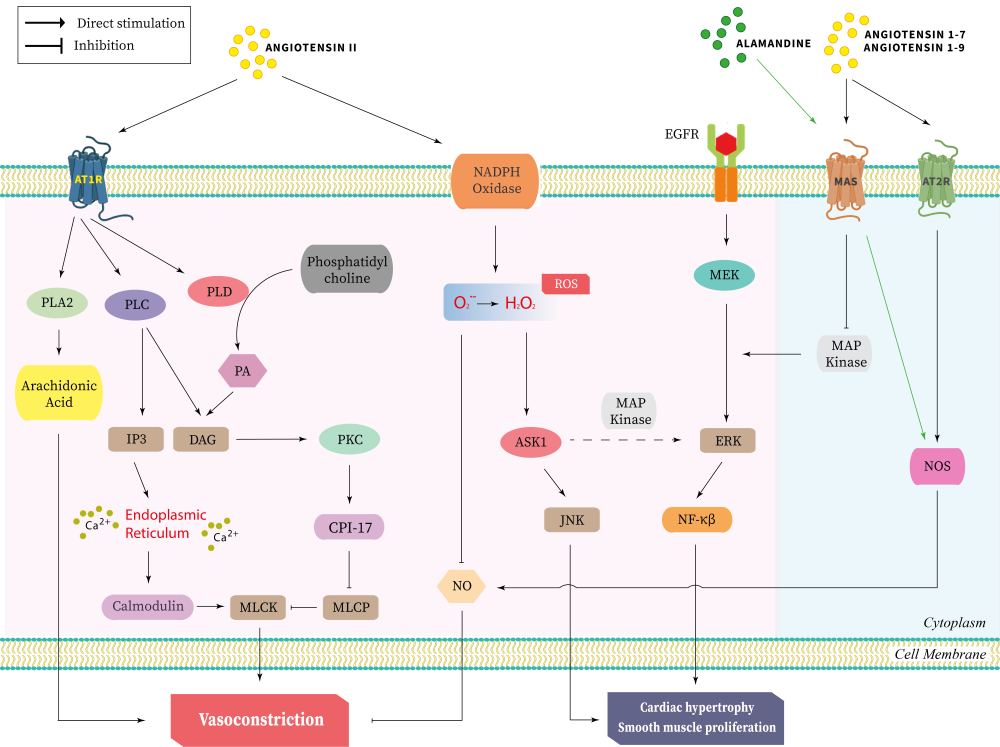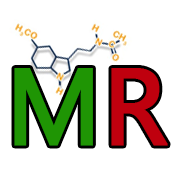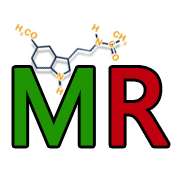
Two important observations related to melatonin’s potential therapeutic effects are uncovered in this issue. Chai et al. using both an in vitro and in vivo model documented, for the first time, that melatonin combined with hyperbaric oxygen therapy is an efficient means to shield the heart from acute ischemia-reperfusion injury. The evidence shows that this combination protected against the acute phase of ischemia-reperfusion cardiac damage including cardiac infarct size and ejection function of the heart. Moreover, the combined therapies also improved the post-ischemia-reperfusion cardiac remodeling by inhibiting the cardiac fibrosis; this latter observation is supported by earlier published findings. These observations obviously have high clinical relevance and should encourage clinical trials using this therapy. In another clinically significant observation, Wongchitrat et al. are the first to report that melatonin has suppressive actions on Zika virus (ZIKV) replication in different cell lines including human neural cells. One molecular mechanism involves melatonin’s high binding affinity to the ZIKV non-structural 3 (NS3) protein which is a necessary component allowing the ZIKV to enter cells. By interfering with the entrance of the ZIKV into cells, melatonin reduces its infectivity. Currently, there are no effective antiviral medications available to treat ZIKV infections; thus, melatonin may provide a means to effectively prevent and/or treat ZIKV-mediated pathologies. This observation warrants further investigations using animal models with the intent of extending them to human trials. Clinical trials using melatonin are readily feasible because of its high safety profile over a wide range of doses, its low cost, and the virtual absence of serious side effects.
